Probably Dresden, mid-18th century
Honey-coloured quartz, gold mounts, garnet cabochons
Measurements
• 7.5 × 5.3 × 5.2 cm
A rare hardstone snuff box, finely carved from honey-coloured quartz in the form of a caricature head of an ‘Ottoman’ figure. The facial features are accentuated with applied gold wirework, while the eyes and mouth are set with cabochon garnets. The hinged cover opens to reveal a smoothly polished interior, fitted with a finely worked fluted gold thumbpiece. The craftsmanship reflects the refined taste for exoticism and humour in mid-18th century courtly objects, particularly within Dresden workshops, where virtuoso hardstone carving and mounted curiosities were especially prized.
The present box exemplifies the fashion for ‘Turqueries’—European interpretations of Ottoman dress and physiognomy—which became highly fashionable at courts across Europe during the 18th century. The satirical rendering of the figure suggests the object functioned not only as a luxurious snuff container but also as a conversation piece, reflecting the interplay of wit, exoticism, and virtuosity central to Enlightenment sociability.
Provenance
Possibly Mary Montagu, Duchess of Montagu (c.1711/1712–1775);
thence to her daughter Elizabeth Scott, Duchess of Buccleuch (1743–1827);
to her youngest son Henry James Montagu-Scott, 2nd Baron Montagu of Boughton at Ditton Park (1776–1845);
to his wife Jane Margaret Douglas, Lady Montagu (1779–1859);
by descent to her eldest daughter, The Hon. Lucy Elizabeth Montagu-Scott (1805–1877), wife of Cospatrick, 11th Earl of Home (1799–1881);
thence by descent in the collection of the Earls of Home at The Hirsel, Berwickshire.
Literature
W. Chisholm, Inventory of Antique Silver, Miniatures, Curious &c. belonging to the Right Hon. The Earl of Home, Edinburgh, February 1904, North Room, p. 70 (‘The Montagu Heirlooms, From the Ditton Park Collection’).
Lofts & Warner, Valuation of Jewels, Curiosities, etc. at The Hirsel, Coldstream, The Property of the Right Hon. The Earl Home, K.T., London, June 1938, Central Hall, Upright Cabinet, p. 1.













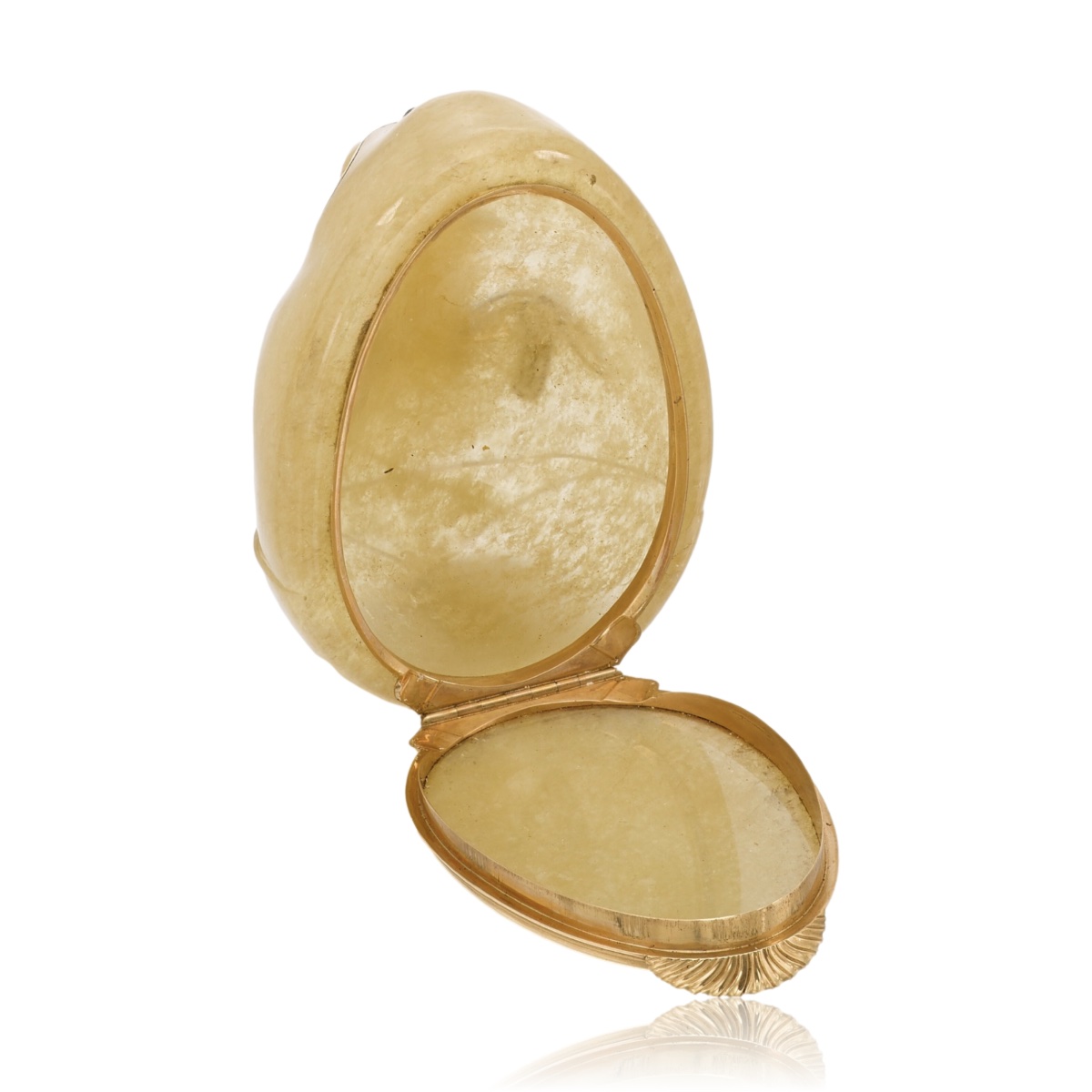
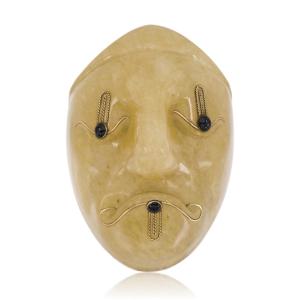












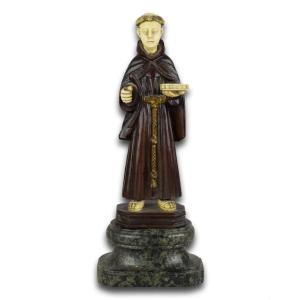


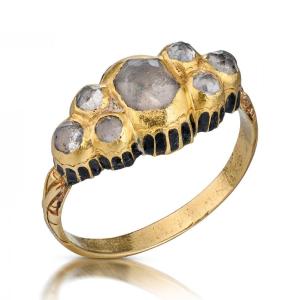










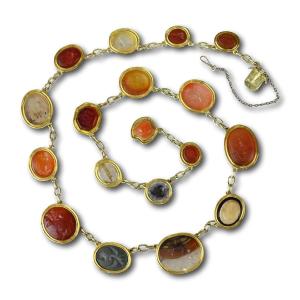

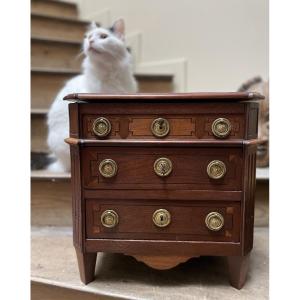


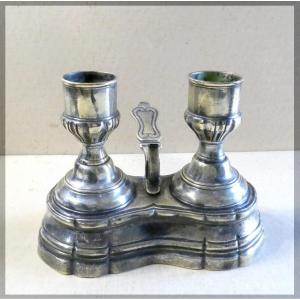



 Le Magazine de PROANTIC
Le Magazine de PROANTIC TRÉSORS Magazine
TRÉSORS Magazine Rivista Artiquariato
Rivista Artiquariato